Practice Makes Perfect
The Path Of Yoga. Embarking on a Yoga journey as a beginner can be exciting and overwhelming. Yoga offers many...
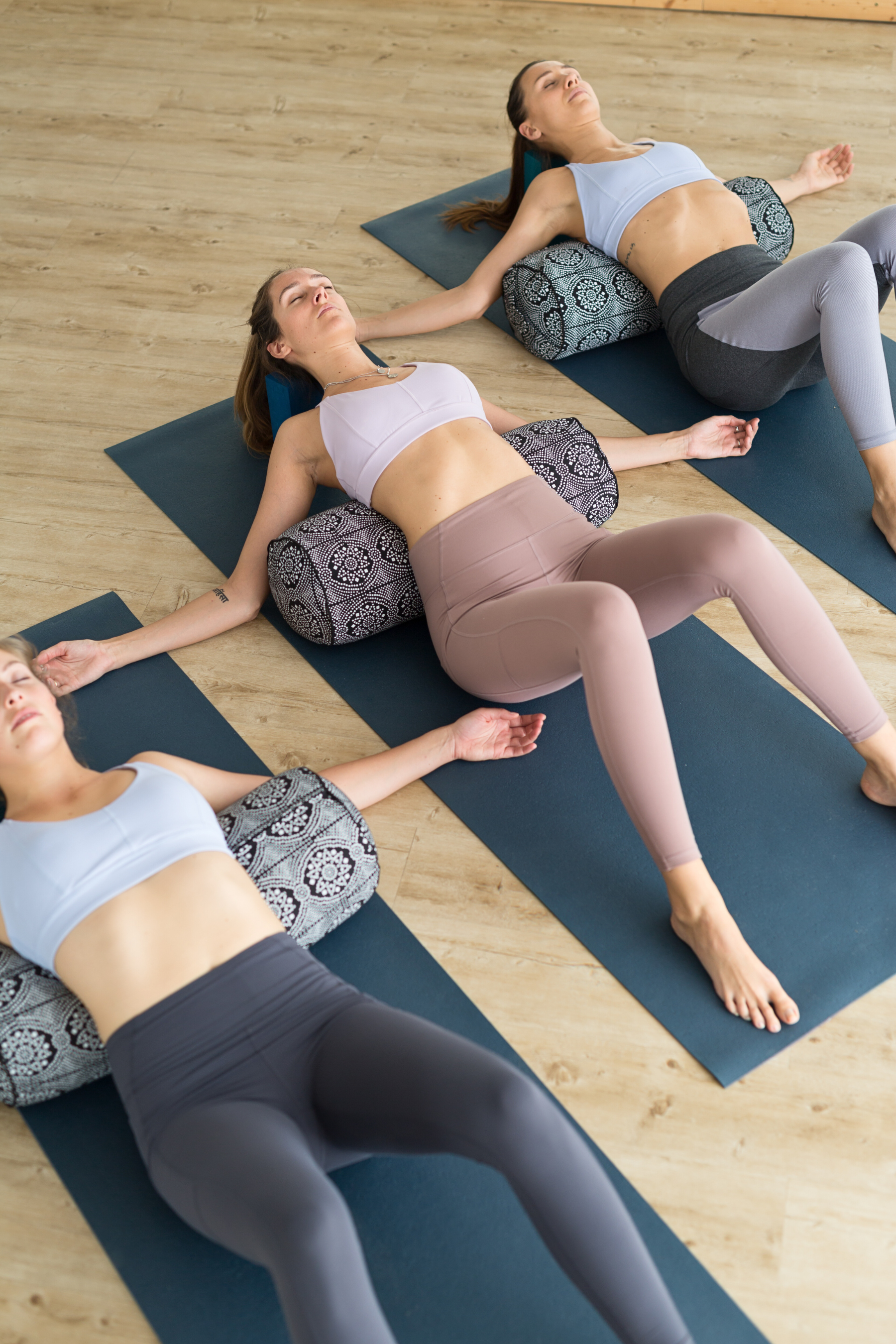
|
Getting your Trinity Audio player ready...
|
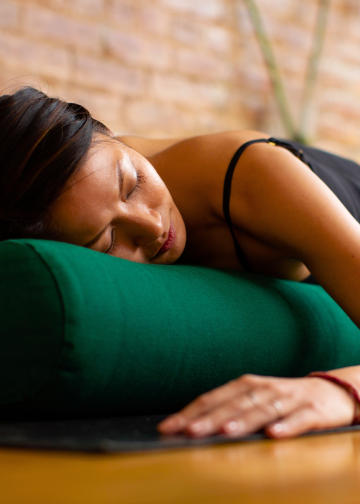
Have you ever been curious about Restorative Yoga but unsure what to expect? Maybe you’ve seen photos of people lying on bolsters, covered in blankets, and wondered—Is this Yoga? Or perhaps you struggle to slow down, and the idea of an hour of stillness feels uncomfortable.
If so, you’re not alone. Restorative Yoga offers something radically different: deep rest, nervous system healing, and a space to be in a world that values productivity and movement. This article will walk you through what Restorative Yoga is, what happens in a class, and why it might be precisely what your mind and body need.
Restorative Yoga is a gentle, passive practice designed to promote deep relaxation. Unlike more dynamic styles of Yoga, which involve flowing between poses, Restorative Yoga involves holding fully supported postures for an extended period (5–20 minutes per pose).
Think of it as Yoga’s version of a deep, nourishing exhale.
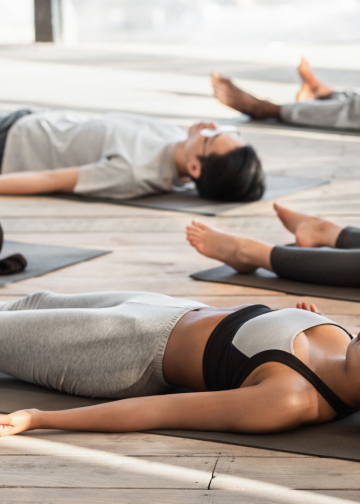
If you’re new to Restorative Yoga, here’s what a typical class looks like:
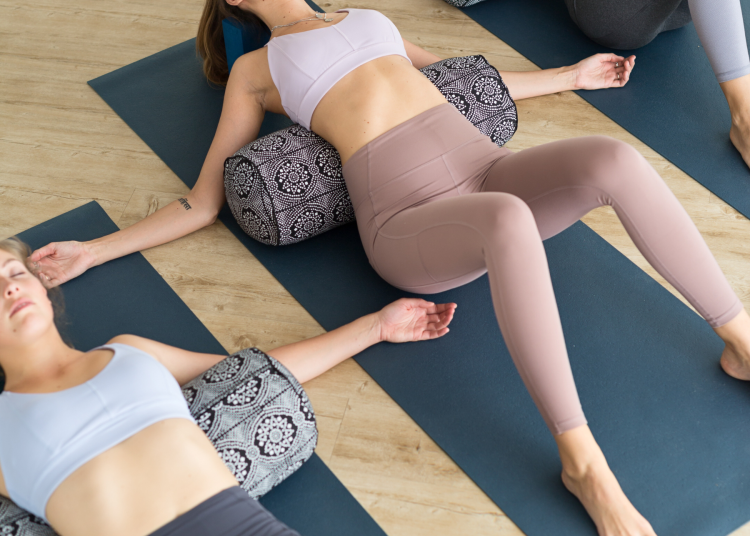
Restorative Yoga is sometimes seen as “just lying around,” but the effects on the nervous system, body, and mind are profound.
Restorative Yoga and Yin Yoga are often confused because they involve long-held, slow postures, but have different purposes.
| Feature | Restorative Yoga | Yin Yoga |
|---|---|---|
| Purpose | Deep relaxation & nervous system reset | Deep tissue & fascia release |
| Muscle Engagement | No effort—full support | Passive stretching (mild engagement) |
| Pose Duration | 5–20 minutes | 3–5 minutes |
| Props | Lots of props for comfort | Minimal props (or none) |
| Sensation | Gentle, cozy, no stretch | Mild to deep stretch, slight discomfort |
| Best For | Stress relief, exhaustion, recovery | Mobility, flexibility, joint health |
In short, restorative Yoga is about complete surrender and relaxation, while Yin Yoga is about creating healthy stress in the body’s deep tissues.
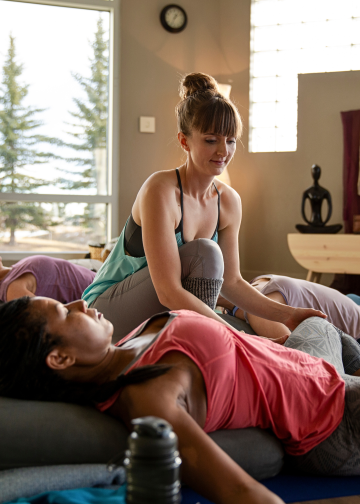
Restorative Yoga is perfect for:
☑️ People experiencing stress, burnout, or sleep issues.
☑️ Athletes or yogis need balance from intense workouts.
☑️ Anyone healing from an injury or illness.
☑️ Those who struggle with slowing down.
It may not be the best fit if you’re looking for an active workout, but it can perfectly complement our regular movement practice.
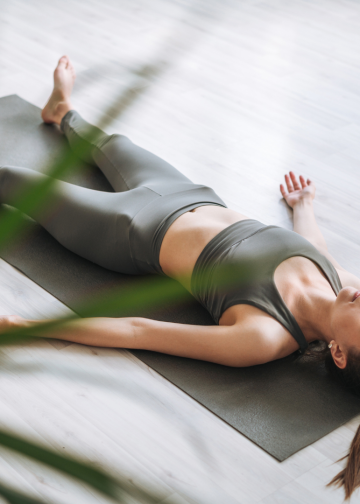
In a world that glorifies hustle, productivity, and constant movement, slowing down can feel unfamiliar—even uncomfortable. Restorative Yoga challenges the idea that doing more is always better. Instead, it teaches us that stillness is just as valuable as movement and that deep rest is not a luxury but a necessity.
If Restorative Yoga offers a soft place to land if you’ve been feeling overwhelmed, exhausted, or disconnected from yourself, it’s a practice that gently reminds you:
So, the next time you feel drained, overwhelmed, or restless, consider stepping onto your mat—not to stretch, sweat, or strengthen—but to be held. Let the props support you, let your breath guide you, and let yourself experience the magic of true relaxation.
Are you ready to embrace deep rest? Try a class and see how it feels to let go, soften, and receive.
photos © Hero Images canva.com
photo © Kasto canva.com
photo © daniel bendjy
The Path Of Yoga. Embarking on a Yoga journey as a beginner can be exciting and overwhelming. Yoga offers many...
Stress Causes Growth At Slow Harvest Yoga, we revel in rest, softness, and slowness, but we also know that growth...
Aging is often framed as a process of decline—losing strength, energy, and flexibility. But what if we shifted the...
There’s something about lacing up your boots, stepping onto a trail, and breathing in that fresh air that just makes...
Let’s Dance: Dance is one of the oldest forms of human expression, transcending language and culture to tell stories, celebrate...
Yoga Nidra-NSDR Deep rest is becoming a necessity rather than a luxury in a world that never seems to slow...
© 2025 Slow Harvest Yoga